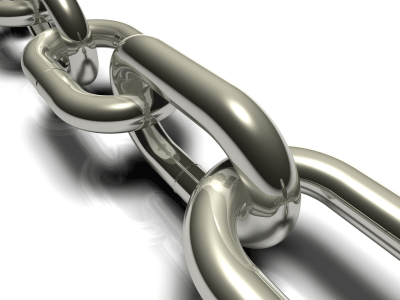Building a strong internal link structure is an important part of on-page SEO. While anybody can link one page of their site to another, doing it effectively matters. The way you do your internal linking determines the kind of success you will achieve with SEO in the long run.
It not only affects the search engine crawl rate, but also the distribution of pagerank. Besides that, having a weak internal link architecture can make your website’s navigation confusing and also bring down your conversion rate.
Given below are 7 insider tactics that will help you understand what it takes to create internal links the right way. Ready? Let’s get started!
1. Plan It Out on Paper
First things first, if you’re going to create a high end internal link architecture – plan it out. Don’t just start linking to relevant pages from whatever keywords you find. That’s not how it works. You need to have a reason to link one page to another and be crystal clear about everything. If you want to save time and do a better job with your internal linking then put your plan on paper. Once you’ve got the layout of your website in front of you, it’ll be much more easier to know what pages need to be linked and how.
2. Keep It Relevant
Creating a strong internal linking structure does not mean you go ‘trigger happy’. Be smart about what pages you’re linking to so that you’re relevant in your approach. If the page you’re linking to is not related then the link won’t serve the purpose that you’re aiming for.
3. Say No to Duplicate Content
Your pagerank is valuable and you obviously don’t want it to flow to the wrong pages. By eliminating duplicate content on your site, you avoid having this problem. If you’ve got duplicate content on a page or even broken links, it will make your link building efforts weak.
4. Link to At least One Other Page
The purpose of linking pages internally is to offer better navigation to your visitors and help search engines crawl faster. This is why you should make sure that each page of your site is linked to at least one other page. A page that does not link to any other page on the site is called an orphan page.
5. Have a Balanced Percent of Anchor Text
When you’re linking to a page, it’s okay to use different anchor text. You don’t have to, nor should you use only one version of your anchor text – vary it. The goal is to be natural with your link building efforts, internal and external, both.
6. Cross-Link Pages that Matter
If you’re running a website, you are bound to have a few important pages. Cross-linking them is a good way to enhance the overall pagerank distribution. This will not only bring down the bounce rate, but will also help you boost the number of average page views.
7. Have Text Menus
While Flash and Javascript menus can be attractive options, you should use text menus instead because it’ll help you get better results with SEO. Besides that, having text menus is a great way to get more targeted sitelinks for your site.




